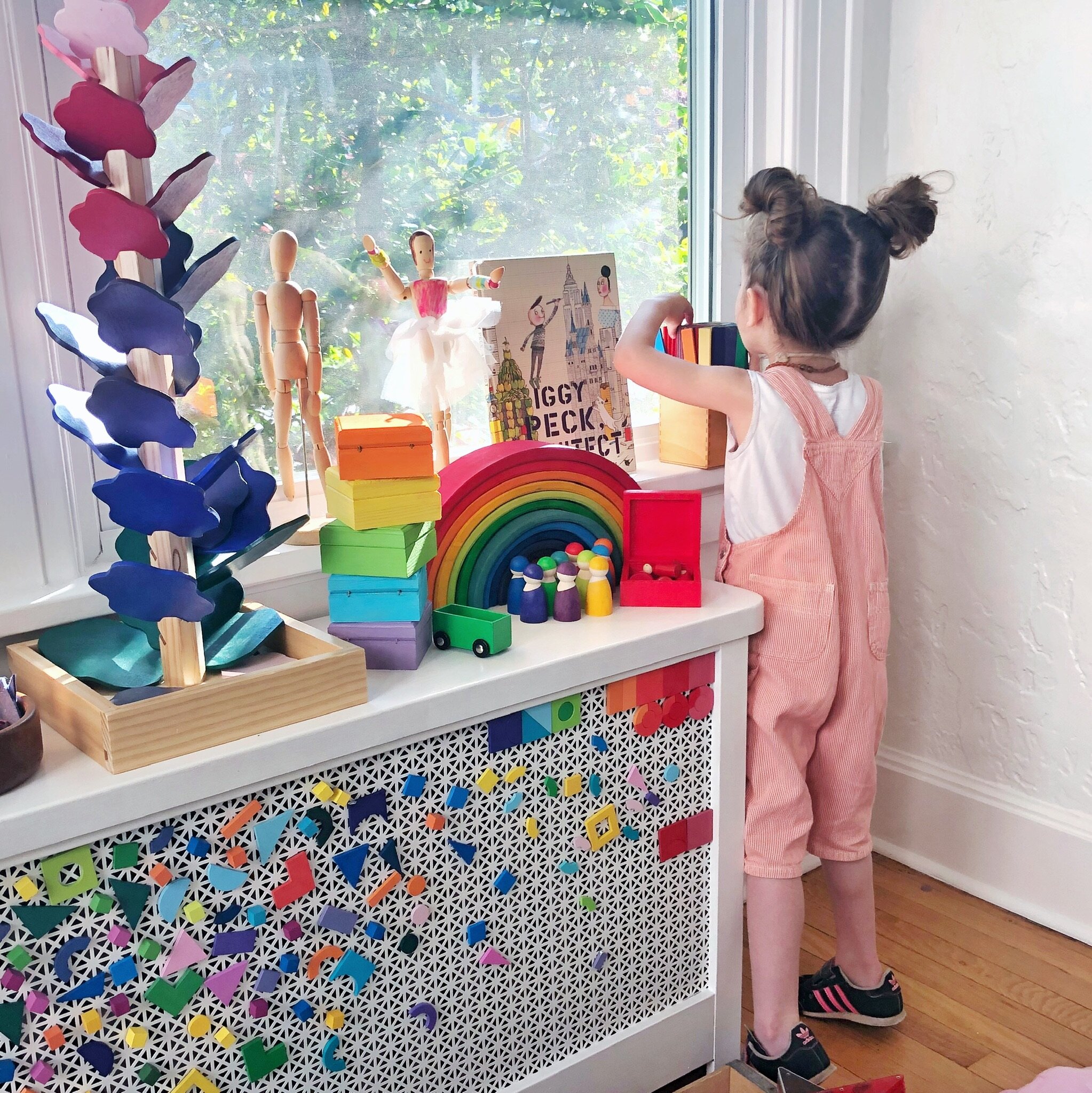3 Simple Toys to Enhance Your Toddler's Emotional and Social Growth - Tips You Need!
/If you have a toddler, you know their emotions can be a whirlwind. As parents, it's our job to guide them through this complex emotional landscape. Surprisingly, some of the most effective tools for this task are toys you probably already have at home. In this blog post, we'll explore how playdough, stuffed animals, and markers and paper can be transformed into instruments of social and emotional growth for your toddler.
1. Playdough: A Safe Outlet for Big Emotions
Big emotions can be overwhelming for your little one. Redirecting their physical aggression towards playdough allows them to express their feelings safely and constructively. Here's how you can turn a simple lump of dough into a therapeutic tool:
Engage the Whole Body: Place the playdough on a child-sized table, encouraging your toddler to stand while they knead and smash the dough. This engages their core and invites them to use their entire body, releasing pent-up energy.
Model Emotional Processing: Join in by expressing frustrations through the dough. Say things like, "I am so angry that mom turned off the TV!" or "I am so frustrated that the baby crashed my tower!" This not only shows them how to process emotions but also validates their feelings. Work together with your child until they feel calmer. This shared activity strengthens your bond and teaches them valuable coping mechanisms.
2. Stuffed Animals: Role-Playing Real-Life Scenarios
Stuffed animals are more than just cuddly companions; they're also actors awaiting their role in your child's emotional play.
Act Out Tricky Situations: Use stuffed animals to play out difficult scenarios like saying goodbye or visiting the doctor. Have their stuffed bunny cry and be sad when the momma bunny leaves for work and have the babysitter doggy comfort them. This helps your child understand and prepare for real-life events.
Emotional Comfort: Having a stuffed animal offer comfort in these play scenarios can provide a sense of security and control, making the real experience less daunting.
3. Markers and Paper: Drawing Out Emotions
Sometimes, emotions are too complex for words, especially for toddlers. Markers and paper offer a visual outlet for their feelings:
Draw: When your child is upset, sit down and start drawing a scenario that represents their current struggle. Quietly start to draw a picture of a crying child and an iPad. Talk out loud as you work, “Sam is so sad and mad, that his mom took the iPad. He is crying and crying…” Your child will likely start to notice what you are doing and come over and engage with you about how they are feeling. Engage in Discussion: This activity often draws the child's attention and opens a dialogue about their feelings, providing an opportunity for emotional connection and understanding.
Understanding and managing emotions is a crucial skill for toddlers as they navigate their early years, and it can feel really overwhelming to parents. By using playdough, stuffed animals, markers, and paper, you can turn playtime into a valuable lesson in emotional intelligence. Remember, the key is not just in the toys but in how you, as a parent, engage and guide your child through their emotions.







Rescuing them from discomfort also robs them of resilience.